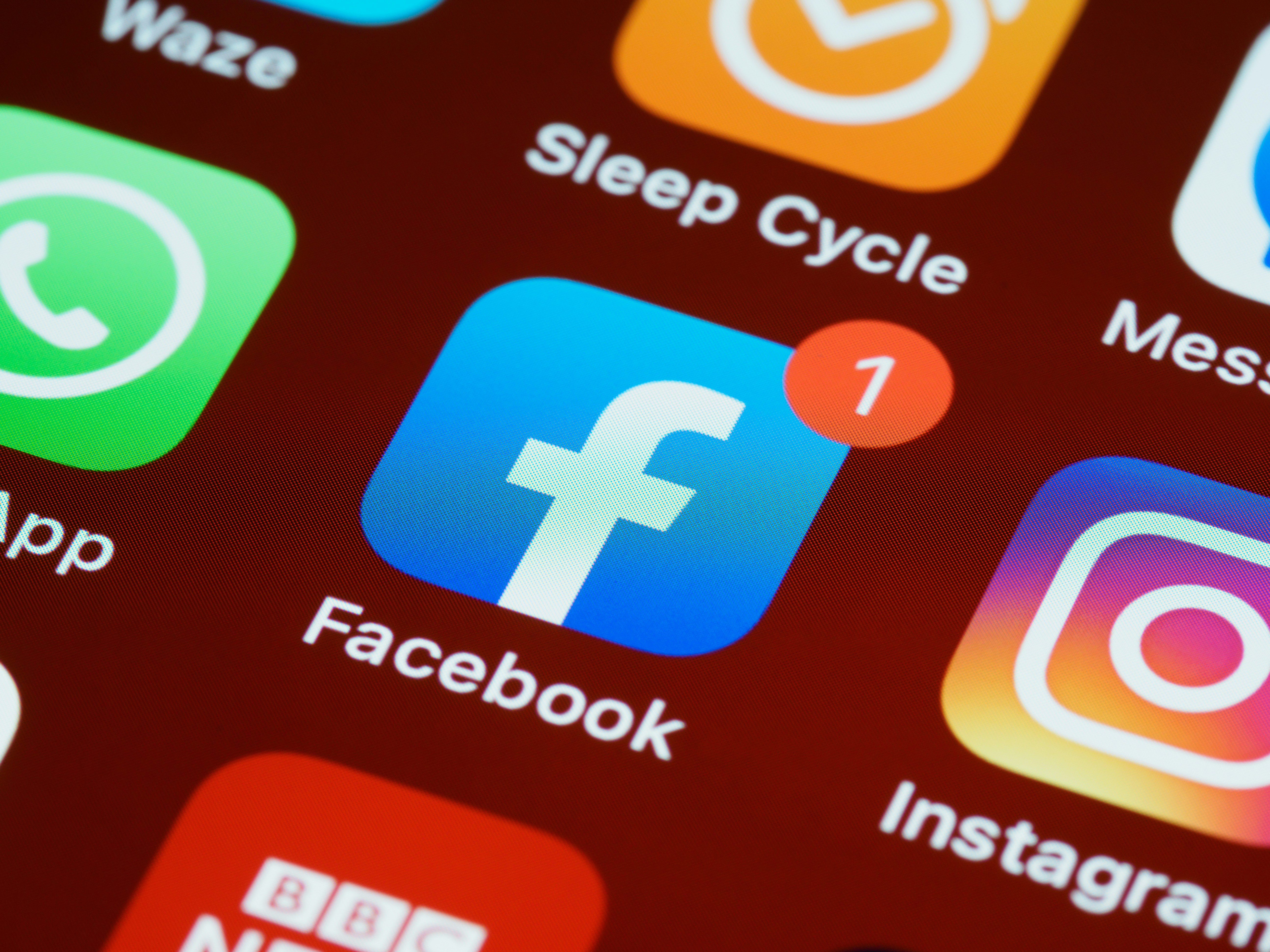Feb 6, 2025
Best Practices
How Dynamic Content Personalization Supercharges PR Strategy
Discover how real-time personalization transforms PR—boosting engagement, conversions, and loyalty. Learn how AI tools like Press Rocket personalize content at scale while keeping your brand voice intact.
Generic outreach is out. Personalization is in.
Dynamic content personalization is transforming public relations by tailoring messages to specific audiences in real time—based on behavior, demographics, preferences, and trends. When done right, it doesn’t just feel personal—it delivers measurable results.
Let’s explore how personalization reshapes PR and how AI tools like Press Rocket make it scalable, smart, and seamless.
Why Personalization Matters More Than Ever
📈 74% of consumers feel frustrated by non-personalized content
📊 30% ROI improvement reported by personalized campaigns
💡 71% of users expect tailored messaging across channels
In PR, personalization means pitching stories, distributing press releases, and crafting narratives that speak to the unique interests of journalists, customers, investors, and influencers—at scale.
3 Key Benefits of Personalized PR Content
1. Better Engagement
Tailored content grabs attention, earns clicks, and keeps people reading longer. Whether it's a pitch customized to a journalist’s recent work or a social post adapted to niche audiences, personalization drives higher interaction.
Result: More shares, replies, media pickup—and deeper brand resonance.
2. Higher Conversions
Targeted content drives action. Hyper-personalized PR campaigns see up to 30% greater ROI, whether it’s media interest, briefing acceptance, or lead generation.
Personalization reduces friction and increases relevance at every stage.
3. Stronger Brand Loyalty
Personal experiences create lasting relationships. When people feel understood, they’re more likely to trust and return—whether they’re customers, reporters, or stakeholders.
74% of people say they’re more loyal to brands that personalize their content.
How to Personalize PR at Scale
Start with Data
Use first-party data—from web visits, sign-ups, social engagement—to segment your audience. Tools like Customer Data Platforms (CDPs) help unify this information to fuel personalization.
Example: Spotify cut bounce rates from 12.3% to 2.1% in 60 days using personalized email tools.
Adapt in Real Time
Real-time analytics let you shift content based on what’s trending. Monitor social chatter, competitor moves, or media coverage and adjust accordingly.
76% of marketers see better engagement from real-time efforts
Cisco, IBM, and others now build campaigns around real-time insights
Use AI Tools That Learn and Scale
Modern AI platforms like Press Rocket power personalization across every PR function:
Trendmaster scans 500K+ data sources daily to uncover trends before they peak
AI Strategizer generates audience-specific content angles
External Interviews personalize thought leadership based on adaptive responses
Distribution tools tailor and schedule content by platform
🧠 This isn’t content automation—it’s context-aware storytelling.
How to Implement Personalized PR in 3 Steps
✅ Step 1: Evaluate Your Current Strategy
Run a SWOT analysis. Are press releases falling flat? Are journalists disengaged? Identify where personalization can fill the gaps.
Pro tip: Gather team input, track pitch response rates, and audit your most shared stories.
✅ Step 2: Introduce AI in Phases
Start with content creation, then automate distribution, and finally integrate analytics. This phased approach minimizes disruption while maximizing adoption.
Platform to consider:
Press Rocket handles everything from trend-driven content generation to optimized publishing—with your voice front and center.
✅ Step 3: Test, Optimize, Repeat
Use A/B testing on subject lines, pitch formats, and messaging styles. Track:
Press pickup rate
Media response
Social shares
Website traffic from PR campaigns
📊 81% of marketers use testing to drive higher conversions. You should too.
How to Measure Personalization’s Impact
Personalization without measurement is guesswork. Focus on:
Metric TypeExample MetricsEngagementClick-through rate, time on pageConversionsLead volume, media mentions, ROIWebsite BehaviorBounce rate, repeat visitsBrand PerceptionSentiment analysis, Share of Voice
Unified dashboards—like those in Press Rocket—consolidate these insights across campaigns so you can optimize what works and drop what doesn’t.
Continuous Improvement Is Key
📅 Set SMART goals for each campaign
🔁 Adjust based on results
📣 Collect feedback from internal teams and target media
🔍 Refine audience segments regularly
📈 Stay on top of seasonal shifts and trend cycles
🎯 Personalization isn’t a one-time tactic—it’s a continuous advantage.
Final Thoughts: PR That Feels Personal, Performs Better
When personalization meets PR, the results speak for themselves:
Trusted coverage
Increased conversions
Stronger media relationships
Higher loyalty across stakeholders
Platforms like Press Rocket bring this all together with tools that let you personalize every pitch, press release, and campaign—at scale, with consistency, and in your voice.
Start simple. Test often. Iterate fast.
Because in modern PR, the most powerful message is the one that feels made just for you.




